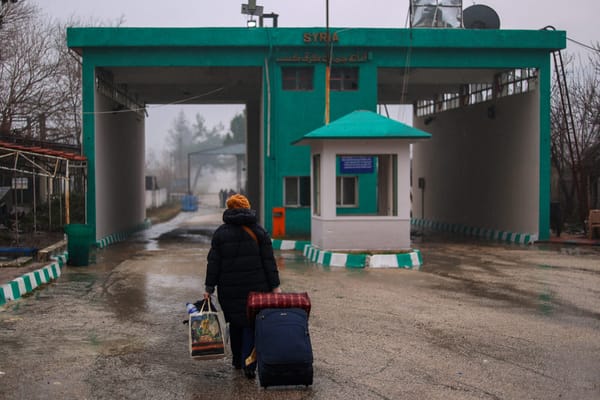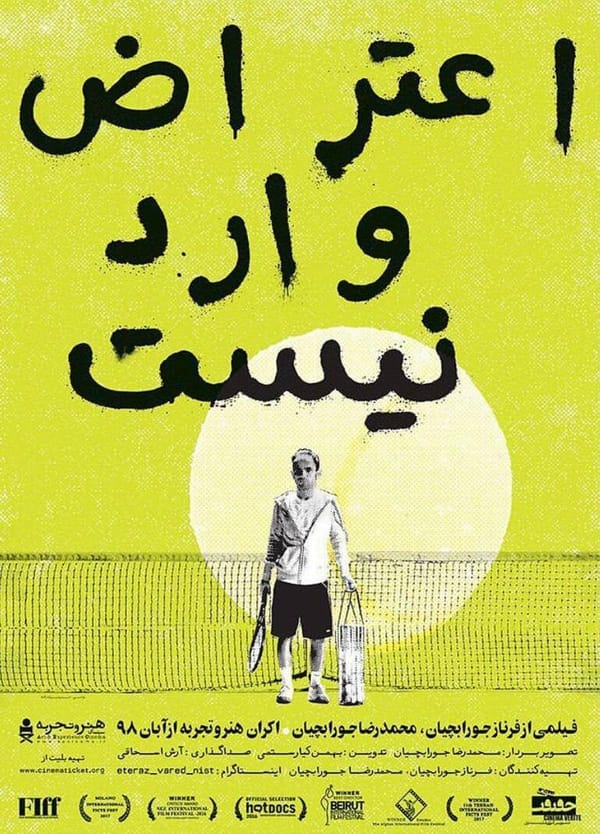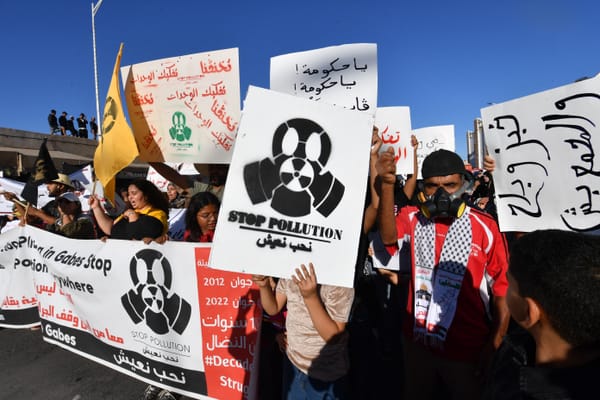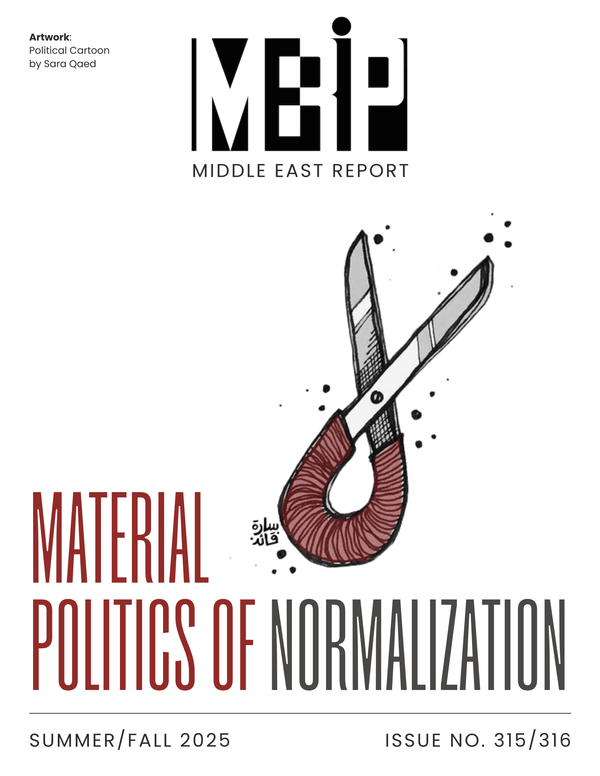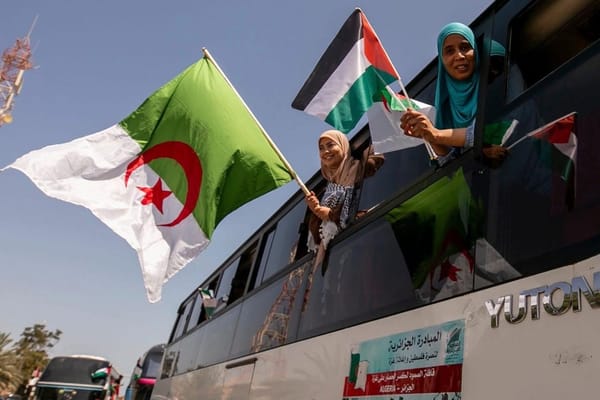Book Notes (March/April 1983)
Sepehr Zabih, The Mossadegh Era: Roots of the Iranian Revolution (Chicago: Lakeview Press, 1982). A sympathetic narrative of Mossadeq’s tenure as prime minister from April 1951 to August 1953, to the point of being unable to criticize some of the National Front’s more serious blunders. Zabih also e

